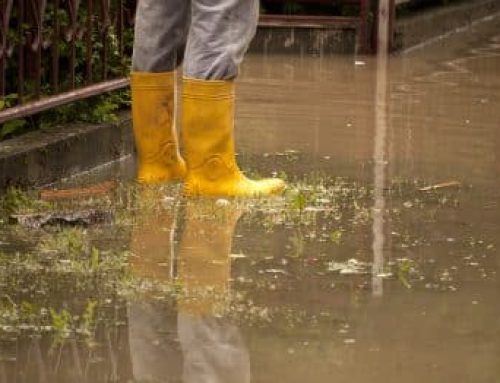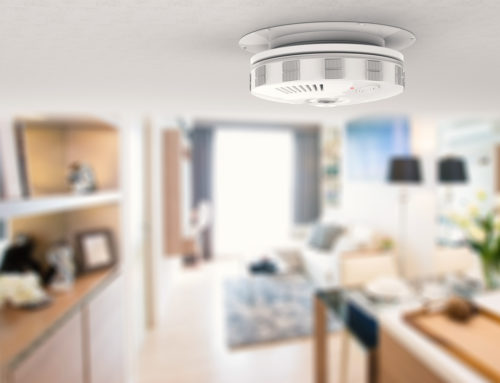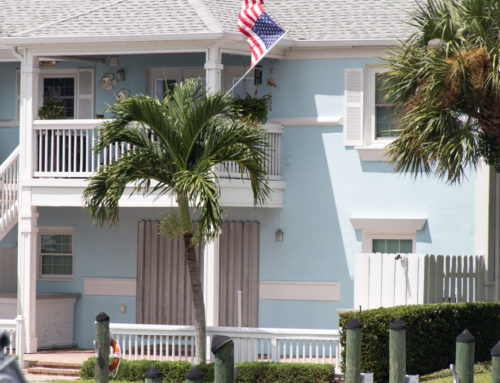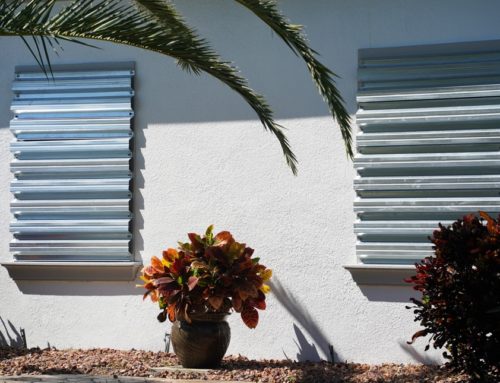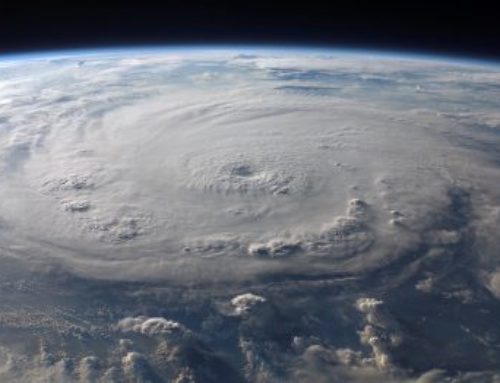The cold, hard fact is ice is NOT nice to properties. It can bust open your plumbing system, cause trees to topple over, and even make your roof collapse. Because most of the U.S. experiences freezing temperatures, it’s imperative to brace your investment against the harsh fall and winter weather. You can greatly reduce your risk of ice damage by doing these two things:
1. Turning off the water at vacant properties.
- At the very least, shut the water supply off in the house itself. That way, if a pipe bursts, the amount of water will be limited to what is currently in your plumbing system.
- Better still, shut off the supply at the street and drain the system.
- If you don’t feel comfortable winterizing your property, it’s a relatively simple job for a professional.
- Set the heat to no lower than 55 degrees. (Set it even higher during extreme cold snaps or if your property is in a northern region.)
2. Trimming tree limbs and removing dead trees.
You may have a tree problem if you see:
- Trunk damage: Peeling bark, gaping wounds or vertical cracks are all indicators of structural weakness. Smooth areas without bark can indicate a tree’s health is on the decline.
- Bare branches: Leaves that don’t come back in the spring or fall before autumn can be a sign of disease or lack of moisture. Also, watch for cracked stems or branch forks; tight, V-shaped forks are more prone to failure than open U-shaped ones.
- Damaged roots: A sudden and noticeable lean to the tree is a sign of serious root damage as are small branches sprouting from the trunk at the base of the tree. Also, watch for heaving soil at the base of the tree.
- Fungus: shelf or bracket fungus on the trunk or branches can indicate that your tree is rotting internally. Mushrooms may also grow in areas just above the root system, indicating root decay. These can pop up around the base and out into the lawn.
- Standing water: A tree’s health can be compromised by poor drainage – too much water could actually be a bad thing.
Consult a professional if you notice any signs of trouble with your trees. They can help you determine if a tree can be saved or if it will need to be removed, and if so, remove it safely. To find an arborist in your area, call TCIA at 1-800-733-2622 or run a ZIP code search on treecaretips.org. ISA-certified arborists can be found through a search tool at isa-arbor.com.
What About Insurance?
Does property insurance cover damage caused by a burst pipe or a fallen tree? For a further discussion on insurance, check out the following articles:
Paying attention to these two crucial areas and taking preventive measures can save you time, trouble, and safeguard your ROI.


